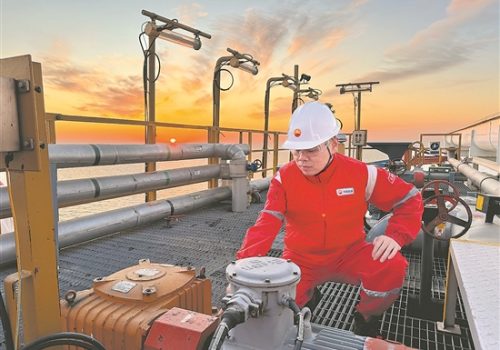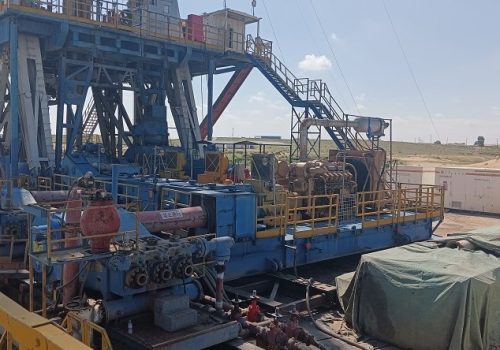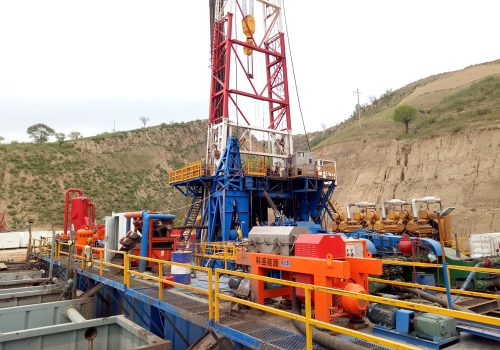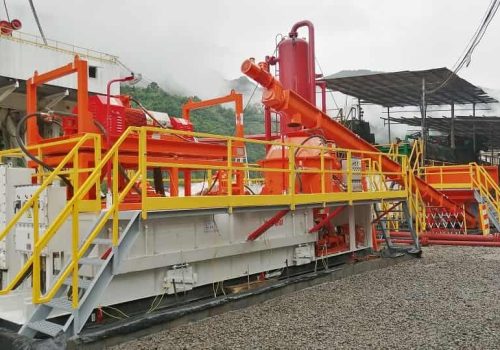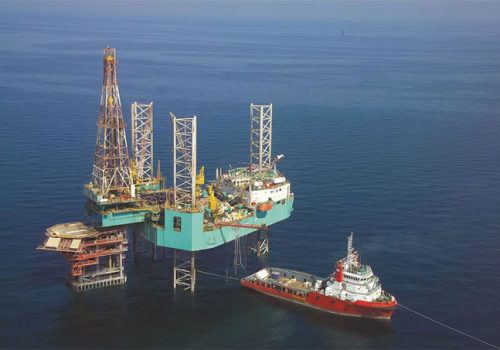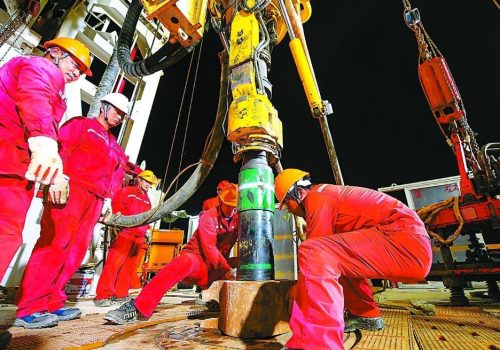When we imagine a ship’s engine room, most of us think of the colossal main engine — a towering piece of machinery that drives the vessel forward across vast oceans. But behind the scenes, working quietly and tirelessly, are the auxiliary engines — smaller, less visible, but absolutely indispensable.
In the world of maritime engineering, auxiliary engines are the unsung heroes. They don’t push the ship through waves, but without them, nothing else would function. No electricity. No lighting. No air conditioning. No refrigerated cargo. No pumps, cranes, or computers. Simply put, the ship might still float — but it wouldn’t live.
Let’s explore how these small machines play such a powerful role in keeping a modern vessel alive and operational.
What Are Marine Auxiliary Engines?
Auxiliary engines, also known as diesel generator sets or gensets, are internal combustion engines used to generate electricity onboard ships. They are completely separate from the main propulsion engine and operate independently.
Each auxiliary engine is coupled with an alternator, which converts the engine’s mechanical energy into electrical energy. This power is then distributed throughout the vessel — from the engine control room to the navigation bridge, galley, cabins, and cargo systems.
Core Functions of Auxiliary Engines
- Electrical Power Supply
This is their primary job. They supply electricity for all onboard systems, including lighting, communication, ventilation, monitoring, and navigation. A typical large vessel will have multiple gensets running in rotation or parallel, depending on demand. - Power Redundancy
Ships are required to have more than one auxiliary engine to ensure continuous power. If one fails, another can start automatically. In emergencies, emergency generators take over to power essential systems. - Support for Cargo Operations
Many cargo handling systems, especially on container ships and tankers, are powered electrically. Without auxiliary engines, loading and unloading operations would come to a halt. - Environmental Control
HVAC systems, sewage treatment, ballast water treatment, and other onboard “life-support” systems rely on auxiliary power to function properly, especially during long voyages.
Why Size Doesn’t Limit Importance
Unlike the main engine — which runs only when the ship is moving — auxiliary engines work almost constantly, especially when the ship is in port. In fact, a ship anchored at port often relies entirely on auxiliary engines for all its power needs.
On cruise ships, ferries, and offshore platforms, auxiliary engines carry an even greater load. In some vessels, they provide both propulsion and electrical power, especially in diesel-electric propulsion systems, where main propellers are powered by electric motors fed by gensets.
Fuel Use and Environmental Challenges
Traditionally, auxiliary engines have used marine diesel oil (MDO) or marine gas oil (MGO), cleaner than heavy fuel oil but still a source of emissions. With stricter environmental regulations, ships are increasingly required to install:
- Exhaust gas treatment systems (scrubbers)
- Particulate filters
- Switch-over systems for using cleaner fuel in emission control areas (ECAs)
Some ships are now exploring alternative fuels such as LNG, biofuels, or even hybrid systems where batteries work alongside auxiliary engines to reduce emissions and improve fuel efficiency.
Automation and Monitoring
Modern auxiliary engines are equipped with automated control panels, remote start/stop systems, and sensor-based monitoring. These allow engineers to manage power supply efficiently, balance electrical load across generators, and detect early signs of malfunction.
Integration with the ship’s Power Management System (PMS) ensures optimal performance and fuel economy — turning auxiliary engines into smart, self-regulating machines.
Maintenance: Small Engines, Big Responsibility
Even though they are smaller than the main engine, auxiliary engines require rigorous maintenance. Failure can result in electrical blackouts, equipment damage, or delays in operations. Maintenance tasks include:
- Fuel injector inspection and cleaning
- Cylinder head and valve servicing
- Lube oil and coolant checks
- Exhaust system cleaning
- Alternator inspection
Regular maintenance not only ensures reliability but also compliance with international safety and pollution prevention standards.
Conclusion
They may not roar like the main engine, but auxiliary engines are the steady heartbeat of a modern ship. They power the lights, keep the systems alive, and make the difference between a floating structure and a fully functional vessel. As ships move toward smarter and greener operations, these small but mighty machines will continue to evolve — cleaner, quieter, and more connected than ever before.
So next time you think of marine power, don’t forget the engines that run everything but the propeller.










